Sugars and starches find their way into all kinds of food items. You would be surprised. Sometimes there are foods that you wouldn’t expect to have carbs in them only to find out that they do. If you learn how to read food labels it can help you to make sure that it’s keto.
Sometimes the labeling throws you off. Such as these cauliflower veggie tots.
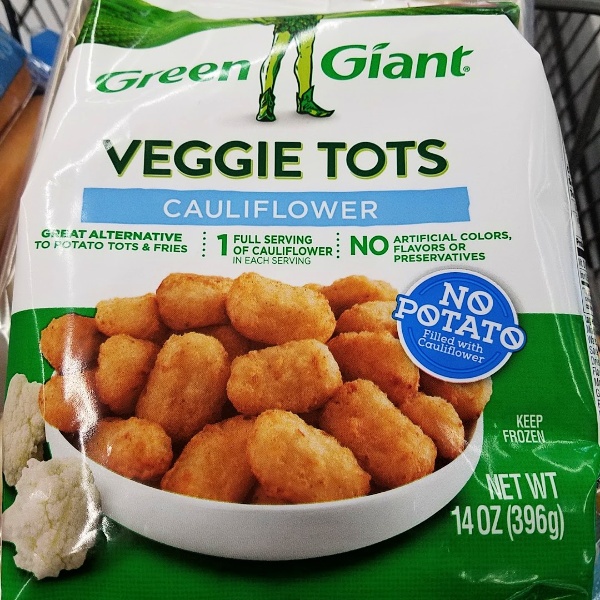
I saw them in the store and thought how nice to come across cauli-tots that I could keep in the freezer for a quick meal. They contain no potato. Sounds great! But a closer look at the food label told me that it would probably be a better idea to pass on these.
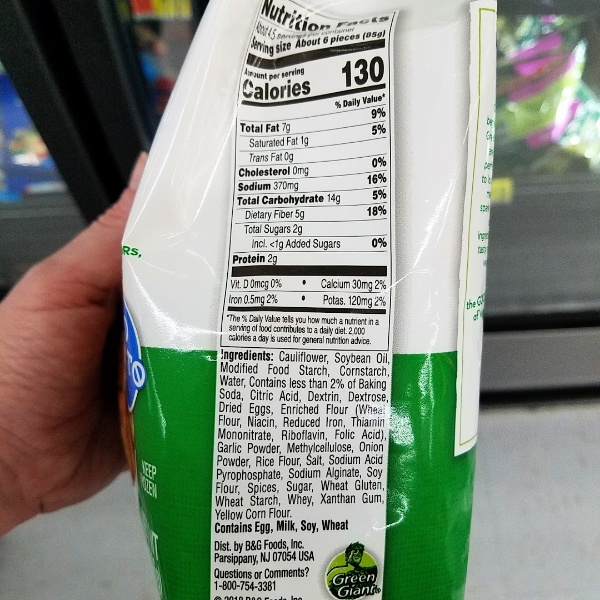
I thought that because these tots did not contain potato that they would be lower in carbs. But a close look at the label told me that 6 tots would have 9 net carbs. This is due to the modified food starch, corn starch, dextrose, enriched flour, soy flour, sugar, wheat gluten, wheat starch and corn flour that they contained.
Holy cow that’s a whole lot of added carbs!
By learning how to read food labels it will help to make sure the food item is keto. Keto food items tend to be very low in carbohydrates and higher in fat. Often people stick to keeping their Net Carbs to 20 grams a day. While fat and protein play a part in your diet the number that everyone talks about it carbs. You can learn to read labels in 3 easy steps to make sure any food items with a nutritional label will fit into your keto diet.
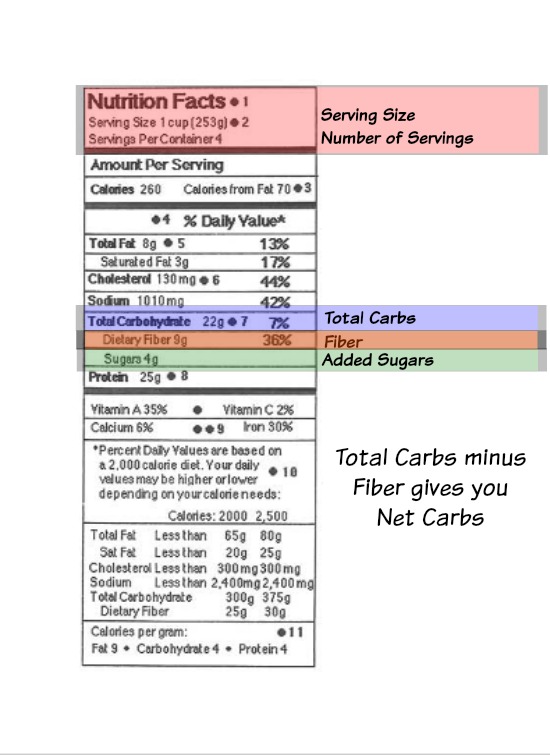
If the food contains a nutrition facts label then it’s time to become a label detective. Nutrition labels will provide a great deal of information that will help in your low carb journey. Check out the label below.
Step 1 – How to read food labels: Check the serving size.
Serving Size (highlighted in red above): if you are counting carbs then you need to know how much of the food item will have the number of carbs, fiber, protein, etc that is shown on the label. Start by looking at the serving size to see what makes up a serving size. In this case 1 cup of this item is a serving size. If you eat 2 cups then all the nutrition information shown is doubled as these values on the label are per serving.
Servings Per Container (highlighted in red above: this will tell you how many servings in the package. If this was soup then there would be four servings 1 cup each. If you eat the whole container then all the nutritional information shown would need to be multiplied times four.
Knowing the serving size and how many servings in a container help you to be mindful of how much you’re eating. It also helps with the next step which is determining how many net carbs are eating. But before we get to that let’s talk about carbs.
Step 2 – How to read food labels – Check Out Carbohydrates
Total carbs (highlighted in blue): this shows how many grams of carbs in every form (sugars, fiber and starches) is found in the food item. It includes those sugars, starches and fiber that are naturally occurring in the food item as well as those that have been added in.
Dietary Fiber (highlighted in red) comes in two forms….soluble and insoluble fiber. Soluble fiber slows down digestion so the glucose found in foods takes longer to be absorbed. This helps to keep your blood sugar levels from rising too quickly after meals. Soluble fibers also bind with cholesterol and helps to flush it out of the body. Insoluble fiber helps to hold water in your intestines and aides with keeping you regular (it helps to prevent constipation). Fiber isn’t broken down and absorbed by the body. Because its not digested the number of grams of fiber in a food product is subtracted from total carbs.
Sugars (highlighted in green): these are the added sugars that have been added into the food product when it was made.
Step 3 – How to read food labels – Determine Net Carbs
Net carbs: this is the number that most people following a low carb or keto diet count. As fiber is not digested it is subtracted from the total carbs. The net carbs are those that will affect your blood sugar level. In the example above this item contains 22 grams of carbs (4 grams of which are sugars added in when it was made) and 9 grams of fiber. The 9 grams is subtracted from the 22 giving you 13 net carbs. When counting your carbs for the day this is the number that people count toward their daily carb intake.
Keep in mind that fiber does not make the other carbs in food magically disappear. People have asked about adding fiber products to food and if that helps lower the carbs. No. It doesn’t. If a food item contains fiber, as it is not digested, it isn’t counted toward your carbs. But adding more fiber doesn’t make the other carbs go away.
And that’s all it takes to see if the food product you would like to eat will fit into your keto diet. By determining the size of the portion, how many carbs it has and subtracting the fiber you will figure out how many net carbs are in the item.
There is additional nutrition facts on the food label (calories per serving, percent daily value, trans fat, saturated fat, protein, etc) that you may want to track for your personal needs. But, to determine if a food item will fit into your keto or low carb diet these won’t be necessary.
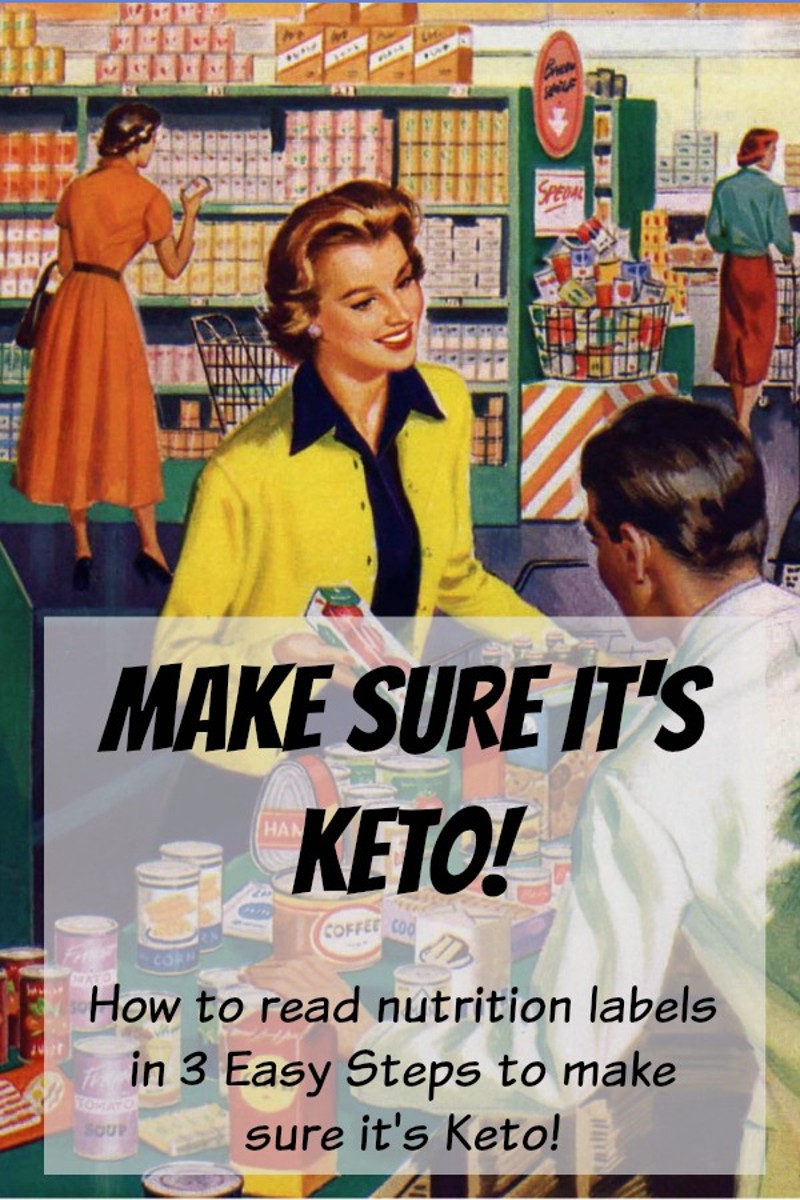
If you found this information on how to read food labels helpful then you might also like these:
The Ultimate Guide to the Keto Diet
How To Tell If You Are In Ketosis
12 Lazy Keto Recipes That Save You Time
Join us on Facebook to be part of our interactive Keto and Lazy Keto discussion or follow us on Instagram, Pinterest, or subscribe to our newsletter (see below) and be the first to know when we post a new recipe!
Disclosure: This post may contain affiliate links. I may earn a small commission from purchases made through these links, at no additional cost to you. Anything recommended on this website is a products I have used and loved. Thank you for supporting Remake My Plate and allowing me to share my experiences with you.
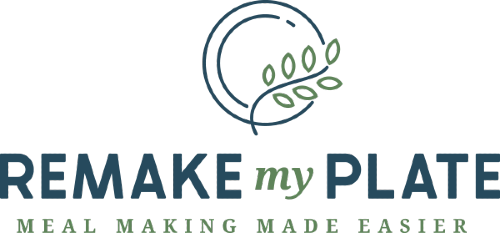
1 thought on “Is it Keto? How To Read Food Labels – 3 Easy Steps”